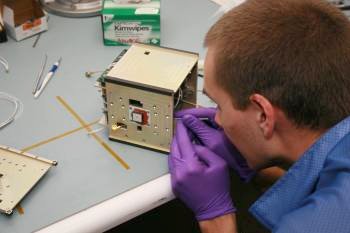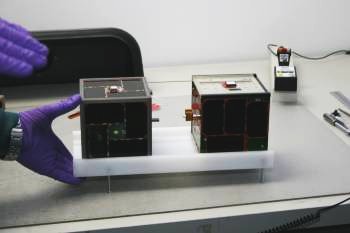DRAGONSAT Project
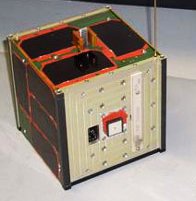
Das DRAGONSAT-2 Projekt (bestehend aus den beiden Satelliten AggieSat-2 und BEVO-1) wurde am 30.07.2009 um 12:34:50 UTC erfolgreich vom Space Shuttle Endeveaur (STS-127) ausgesetzt.
AggieSat-2 ist ein 12.5 cm Cubesat. Missionsziel ist die Sammlung von Daten des DRAGON GPS-Empfängers der NASA. Der Satellit wurde von Studenten der Texas A&M University entwickelt. Zusammen mit BEVO-1 bilden sie den Auftakt eines für 8 Jahre geplanten Programmes der NASA, genannt DRAGONSat. Ca. aller 2 Jahre sollen Satelliten gestartet werden, wobei die ersten 3 Missionen dem Test der Komponenten und Subsysteme dienen, während die letzte Mission das erfolgreiche autonome Andocken von 2 Satelliten zeigen soll.
NASA-Catalog: 35690
Downlink
437.325 MHz FM/CW (Beacon)
437.325 MHz FM 9k6 GMSK AX.25 (Data-Mode über USA)
Status
nicht aktiv
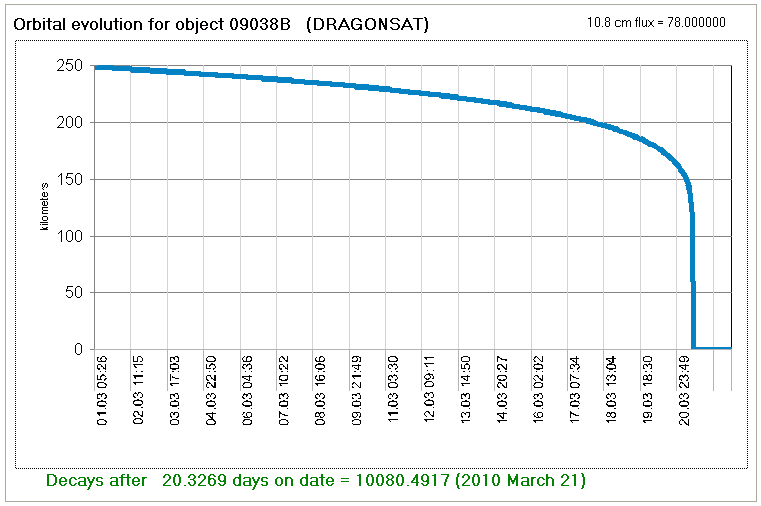
geplanter Wiedereintritt in die Erdatmosphäre am 21.03.2010
Still no signals from BEVO1, although beacon packets were heard from AggieSat2. The current theory on the state of the satellites is that only partial separation occurred. The inhibit switches keeping the satellites powered off have been closed, allowing the satellites to boot up. However, it is likely that the antennas did not deploy correctly, leaving the antennas disconnected from their respective transmitters. AggieSat2 transmits with 1W of power so it is easier to hear, while BEVO1 only transmits with 200mW during beacon mode.
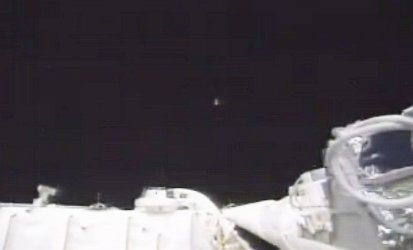
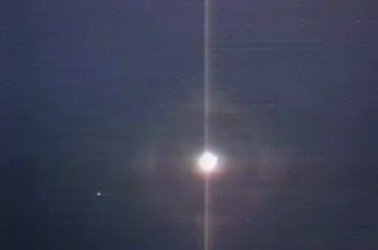
Wie Nahaufnahmen der NASA zeigen, konnten sich die beiden Satelliten nach dem Ausstossen nicht richtig separieren. Auf der einen Seite funktionierte der Mechanismus, auf der anderen Seite klemmt er wahrscheilich fest und beide hängen nun einseitig zusammen. Daher konnten sich auch die Antennen nicht richtig entfalten, das Signal von AggieSat ist schwach. Auch die Stromversorung ist schwach, da die Solarzellen durch die Abdeckung nicht genügend Strom liefern können. BEVO wurde gar nicht aktiviert.

The satellites are not connected other than they each have a small inhibitor tab that is inserted into the other satellite that keeps the power circuits open until separation. They were pushed together, spring loaded antennas facing each other at opposite corners, and inserted into the launcher which also has a spring in the bottom to deploy the two units when the lid is opened. The satellites were expected to separate immediately from each other under the force of the antennas extending, pulling out the inhibitor tabs, closing the power circuits, and booting the systems. There was very little drag on the tabs. The satellites were loaded into the launcher in late February at Kennedy. You may recall that STS-127’s initial launch date (May 11) was delayed to allow STS-125 (Hubble repair mission) to go first; they swapped launch dates. STS-127 stood guard on the pad as a potential rescue mission for 125. Then came all the other STS-127 delays. The best theory is that the compression for five months weakened the antenna springs and perhaps the inhibitor on BEVO1 hung up. There is one other theory (unlikely) that the magnets used for orbital stability in each satellite have built up an unexpected magnetic field that is keeping them linked. That was all modeled in advance but five months of close quarters along with potential spring fatigue may have played a role.
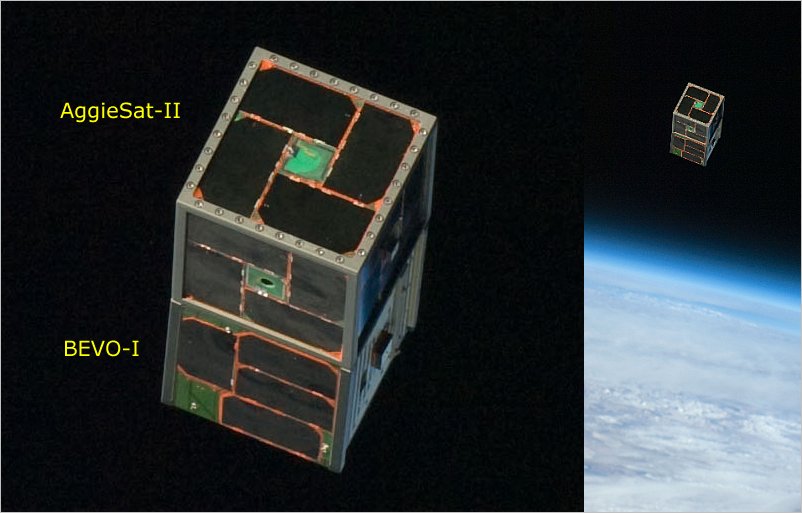
DRAGONSAT im All vom der Endeveaur aus fotografiert
Orbital Parameter
Name DRAGONSAT NORAD # 35690 COSPAR Bezeichnung 2009-038-B Inklination (Grad) 51.636 RAAN 82.980 Excentrizität 0.0005074 ARGP 86.702 Umläufe pro Tag 15.80416454 Periode 1h 31m 06s (91.10 Min) Semi-major axis 6707 km Perigäum x Apogäum 326 x 333 km Bstar (drag Faktor) 0.000271580 1/ER Mean Anomaly 273.458
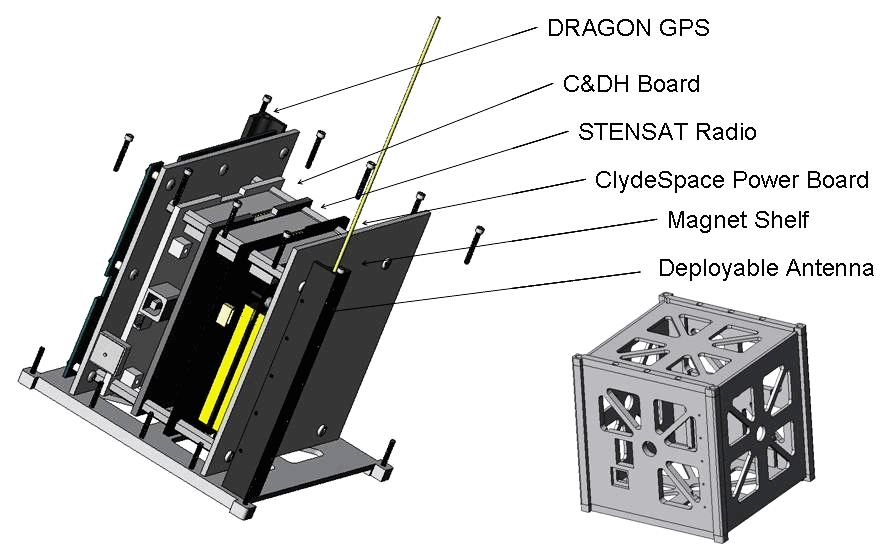
Homepage und weitere Informationen
http://www.utexas.edu/news/2009/06/09/picosatellite/http://paradigm.ae.utexas.edu/ops.
